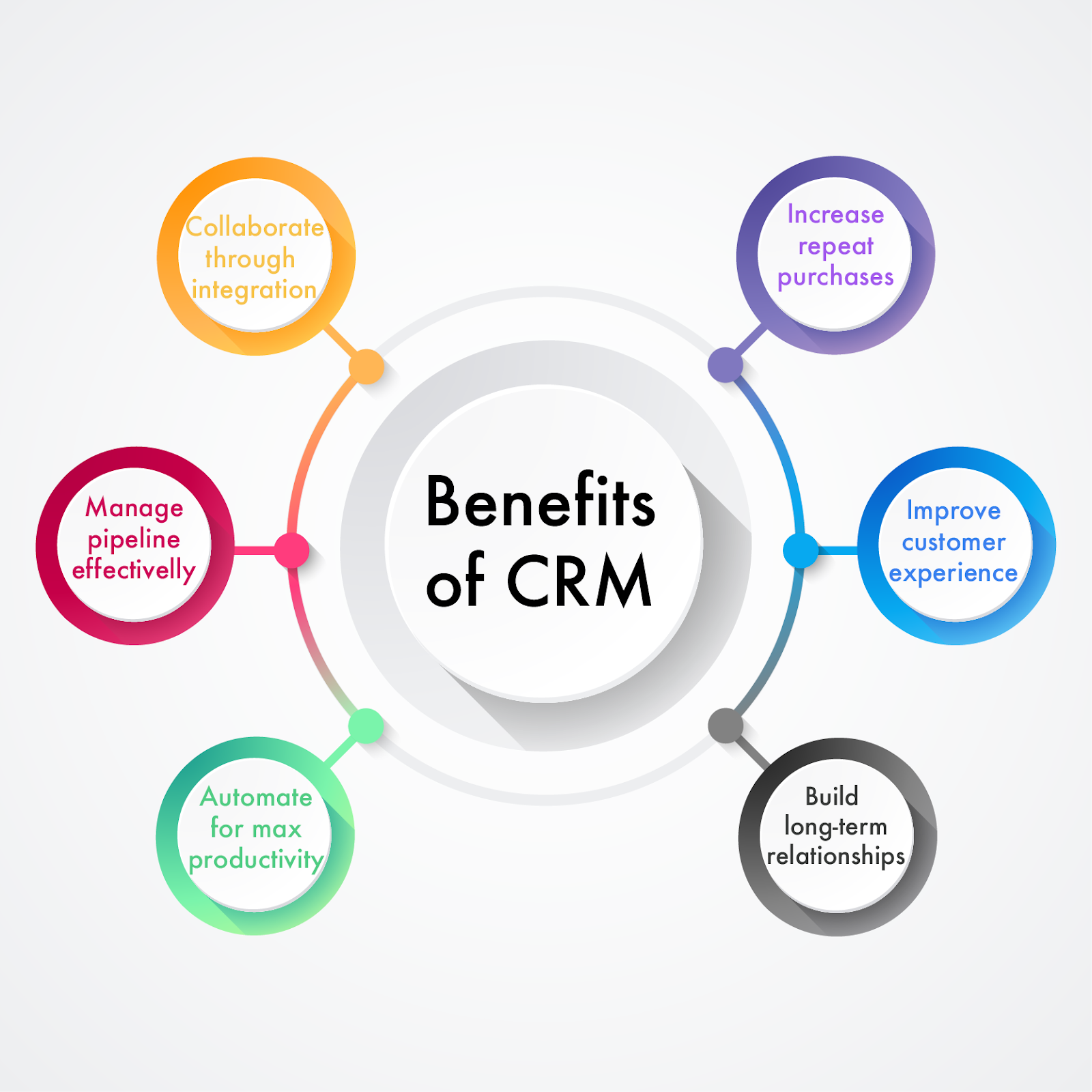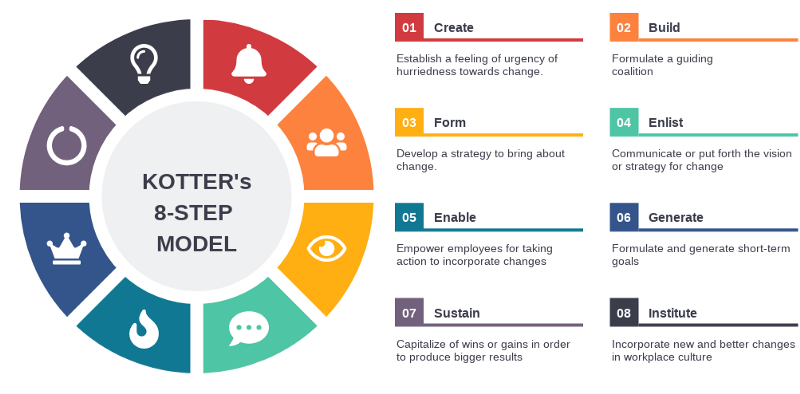Digital transformation management has always been an important part of business, but it has taken on new significance in the digital age. Companies are under pressure to continuously adapt to new technologies, market opportunities, and consumer preferences. This can be a challenge, but it’s one that can be overcome with a solid change management digital transformation strategy.
There are a few key things to keep in mind when developing a change management strategy. What are your goals? What does success look like? Once you have a clear vision, you can develop a plan to make it happen.
If your company is struggling to manage change, these tips can help you get on track. By developing a clear vision and involving everyone in the process, you can create a successful strategy that will help your business thrive in the digital age.
Table of Contents
What is Change Management for Digital Transformation?

Change management digital transformation is an organized approach to administering changes to an organization. Its goal is to make the workforce ready, willing, and accepting to embrace new ways of working that are critical to the future
As Cummings and Worley explain, transformational change occurs in response to significant changes in an organization’s environment or technology. To successfully navigate these changes, businesses must revise their strategies, structures, processes, and possibly even their corporate culture. The change management for digital transformation process typically includes four stages: awareness, evaluation, commitment, and reinforcement.
For example, The rise of easy-to-use, intuitive consumer platforms such as Airbnb, Spotify, and Uber has led many to believe that enterprise technology will be readily adopted into the mainstream workplace and whilst easy-to-use, intuitive consumer platforms are being readily adopted into the mainstream outside of the workplace
What is the Value of Change Management in Digital Transformation?
While the specific goals and strategies of change management may vary from organization to organization, all effective change management for digital transformation plans shares three primary goals.
To improve the ROI of the workforce. All changes, particularly those associated with digital transformation, should be installed with the goal of improving the efficiency and productivity of your employees. Whether it’s the technology to better communicate between departments or the tools to carry out skilled design work effectively, every change should help your employees do their work better and faster.
Create a competitive advantage: Companies evolve and change in order to get better at what they do, and by giving the process of change a structure, change management can help companies spot opportunities to reduce costs, specialize, innovate, or improve their quality of service
Ensure staff feels appreciated and encouraged: Employee buy-in is essential for any change initiative to be successful, but Change can be intimidating, especially when users have done things a certain way for a long time. Change management helps make sure employees feel recognized and supported, thereby empowering them to support change initiatives
Better understand and serve customers: By anticipating customer needs and wants, companies can stay ahead of the curve and position themselves to provide the best possible products and services. When used effectively, change management can be a powerful tool for ensuring organizational success.
How to Get Started With Change Management
Change is a constant in today’s business world, and successful organizations know how to manage it effectively. The change management for digital transformation process typically includes four stages: awareness, evaluation, commitment, and reinforcement.

- In the awareness stage, employees are made aware of the need for change and given information about the proposed changes.
- In the evaluation stage, employees evaluate the impact of the changes on their work and decide whether or not to support them.
- In the commitment stage, employees commit to making the changes and begin to implement them.
- In the reinforcement stage, employees receive support and training to help them maintain their commitment to the changes.
By following this process, organizations can ensure that their workforce is prepared and willing to embrace new ways of working.
Which challenges arise while implementing Change Management?
Lack of focus on digital strategy
One of the primary reasons for this high failure rate is a lack of focus on digital strategy. Too often, change management initiatives are focused solely on organizational structure and process, without taking into account the need to also transition to a digital business model. As a result, these initiatives may succeed in changing the organization – but they may end up changing it in the wrong direction.
How to solve:
In order to avoid this outcome, it is essential to incorporate a digital strategy into any change management initiative. By doing so, organizations can ensure that they are not only changing successfully – but that they are also changing in the right direction.
Cost of Digital Transformation
Any business that wants to stay competitive in today’s market needs to undergo digital transformation. However, according to a survey conducted by Altimeter, many executives find it difficult to justify the cost of such initiatives. 28% of respondents perceive digital transformation as a cost center, and 29% lack the data to prove its ROI. As a result, it can be difficult for executives to justify the investment.
How to solve:
To justify the expense, organizations need to collect data that demonstrates weak points in their current digital strategy. Companies should focus on business outcomes rather than technical capabilities. They also should establish clear KPIs and track progress over time. Finally, By creating a supportive culture that encourages innovation and embraces change. By taking these steps, companies can increase their chances of success and ensure that their transformation efforts are not in vain.
The Willingness of Employees to Change
Any company looking to implement a change management program must be prepared to face resistance from employees and middle managers. In many cases, this resistance stems from fear of change, job loss, automation, or irrelevancy. Cultural resistance or inertia can also play a role.
However, the most important factor is often poor communication or leadership on the part of the change team. If employees do not trust the team leading the change, they will be much less likely to support the program. It is crucial for companies to take these factors into account when planning change management for digital transformation programs.
How to solve:
The key to managing resistance is to understand its root causes. Only then can you develop a plan to address the concerns of employees and ensure that the change process goes as smoothly as possible. One way to do this is to actively listen to employees. Incorporate feedback into the design of a change program and systematically engage in open dialogues to reduce resistance. By taking these steps, you will be able to better manage resistance and ensure a successful transition to the new changes.
Demand for new skills
As technology becomes more and more integral to business, many of these changes are driven by digital solutions. However, these change initiatives are often hindered by a lack of trained personnel. According to Accenture, many education and training systems are not keeping up with the demand for new skills. As a result, businesses often find themselves struggling to implement changes.
How to solve:
In order to avoid these delays, it is essential that businesses address the skills gap by providing training to their employees. Only then will they be able to fully capitalize on the benefits of digital adoption.
Best Change Management Digital Transformation Solution In 2024
Change management tools help project managers and change leaders to lead successful projects by providing a framework for identifying and addressing the challenges that a company is likely to face during a change management process. Each of these tools has its own strengths and weaknesses, but all three are excellent resources for project managers and change leaders who want to ensure that their projects are successful.
Lewin’s Change Model
This model provides a clear and concise framework for introducing change, consisting of three key steps: unfreezing, changing, and refreezing. By breaking the process down into these manageable steps, it is much easier to implement change successfully. What’s more, this model is relatively quick and simple to follow, making it ideal for less experienced change leaders

Stakeholder Analysis
Stakeholder analysis is an important tool for any project manager. It helps to identify who the different stakeholders are and what they stand to gain from the project. This information is essential for developing a successful project plan. Without knowing who the stakeholders are and what they want, it is difficult to ensure that the project will meet their needs. In addition, stakeholder analysis can also help to identify potential problems and risks associated with the project. By understanding who the stakeholders are and what they want, project managers can be better prepared to deal with these issues.
Customer Relationship Management (CRM)
In a rapidly changing business landscape, it’s more important than ever to have a tool that can track and adjust every aspect of a company’s customer, colleague, and supplier interactions. CRM tools cover the entire cycle, from customer onboarding, dealing with all queries and issues a customer may have with a service, ensuring the service is delivered by team members in a polite, helpful, and informative way, and throughout this process, building and maintaining a solid relationship.

As part of change management tools, CRM is essential in making customers aware of new changes to a business, why they are necessary, and how they will benefit. By keeping your customers informed and engaged throughout the change management process, you can minimize disruptions and ensure a smooth transition for everyone involved.
Benchmarking
Benchmarking is a way of achieving this by comparing the statistical data of a company with that of its competitors. Project managers can use this data to implement changes where needed in order to improve the competitive edge. By benchmarking, businesses can assess how they are performing in comparison to others in their industry and make changes where necessary. This helps them to remain productive and viable, ensuring that they stay ahead of the competition.
Kotter’s 8 Step Change Model
Kotter’s 8 Step Change Management Model is a process designed to help leaders successfully implement organizational change. The model is intensive and could lead to high rates of staff burnout. Therefore, Kotter’s change management theory model is best for significant, drastic change within change management for digital transformation strategy, where massive change needs to be accomplished by a company quickly.

Although this theory was designed with the best intentions to help organizations rapidly change, it can be argued that the high potential for staff burnout is not worth the risks that come with implementing such an intense program. For smaller changes within an organization, another type of change management model might be more appropriate
How we can help you
Change is never easy, even when we know it’s for the best. However, understanding the most common obstacles practitioners face during change can help you anticipate and avoid roadblocks as you start your journey to change success.
Additionally, changes that require new skills or knowledge can be more difficult to adopt than those that don’t. If you’re looking for help with change management as you undergo digital transformation, our team at Magenest can assist you. We have years of experience helping businesses just like yours make the switch to a digitally transformed future. Contact us today to learn more about how we can help make your transition a success!












